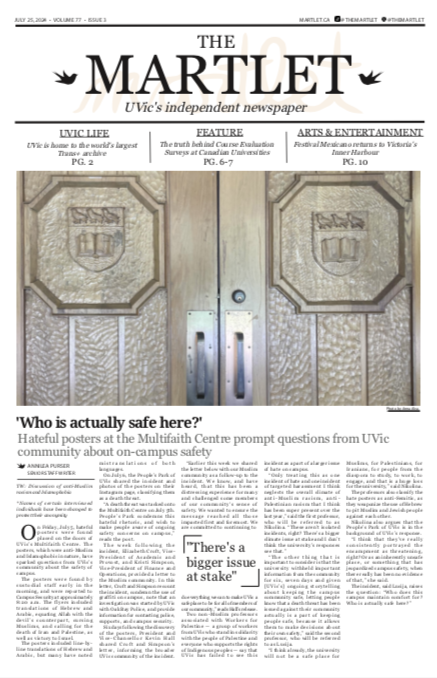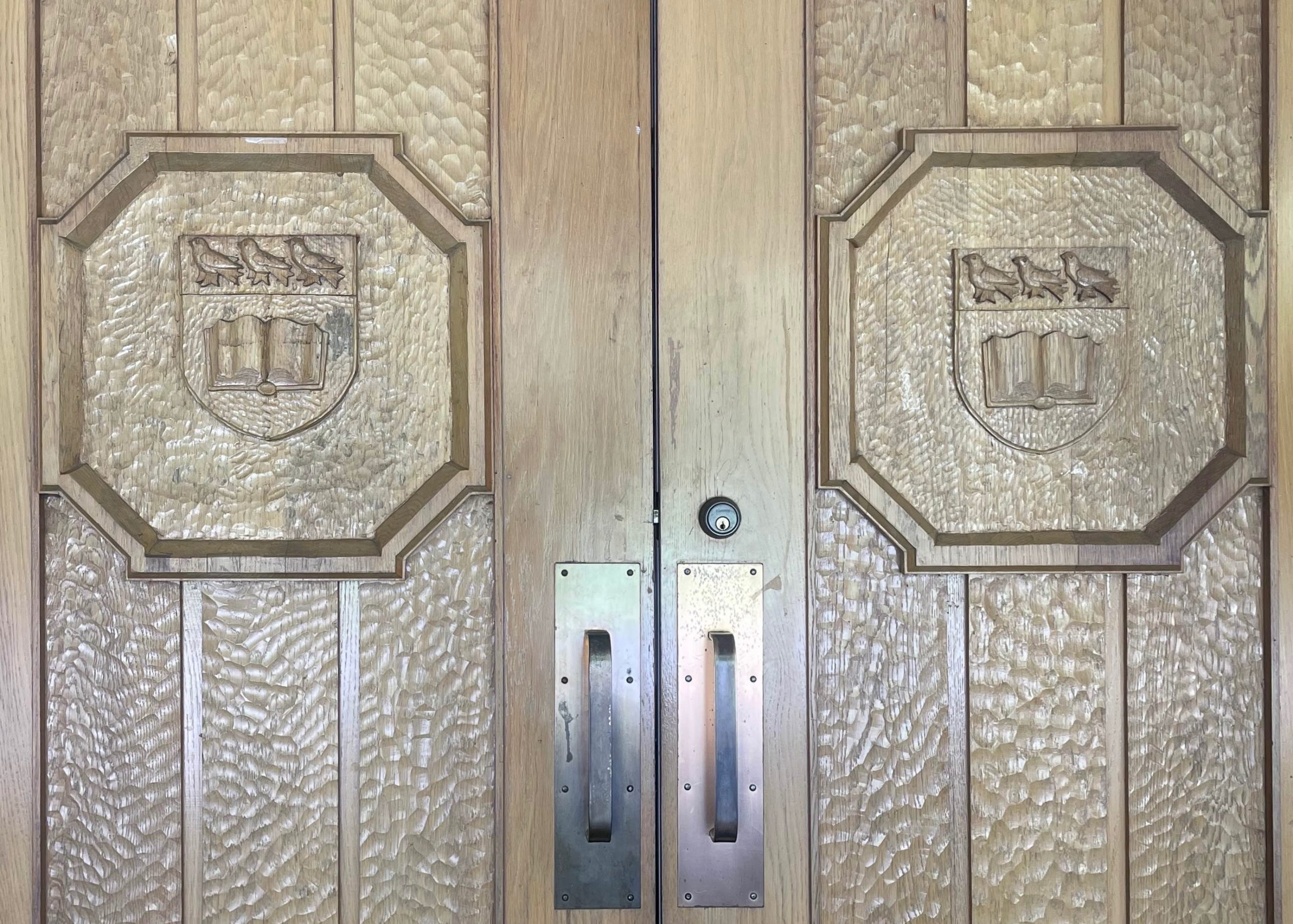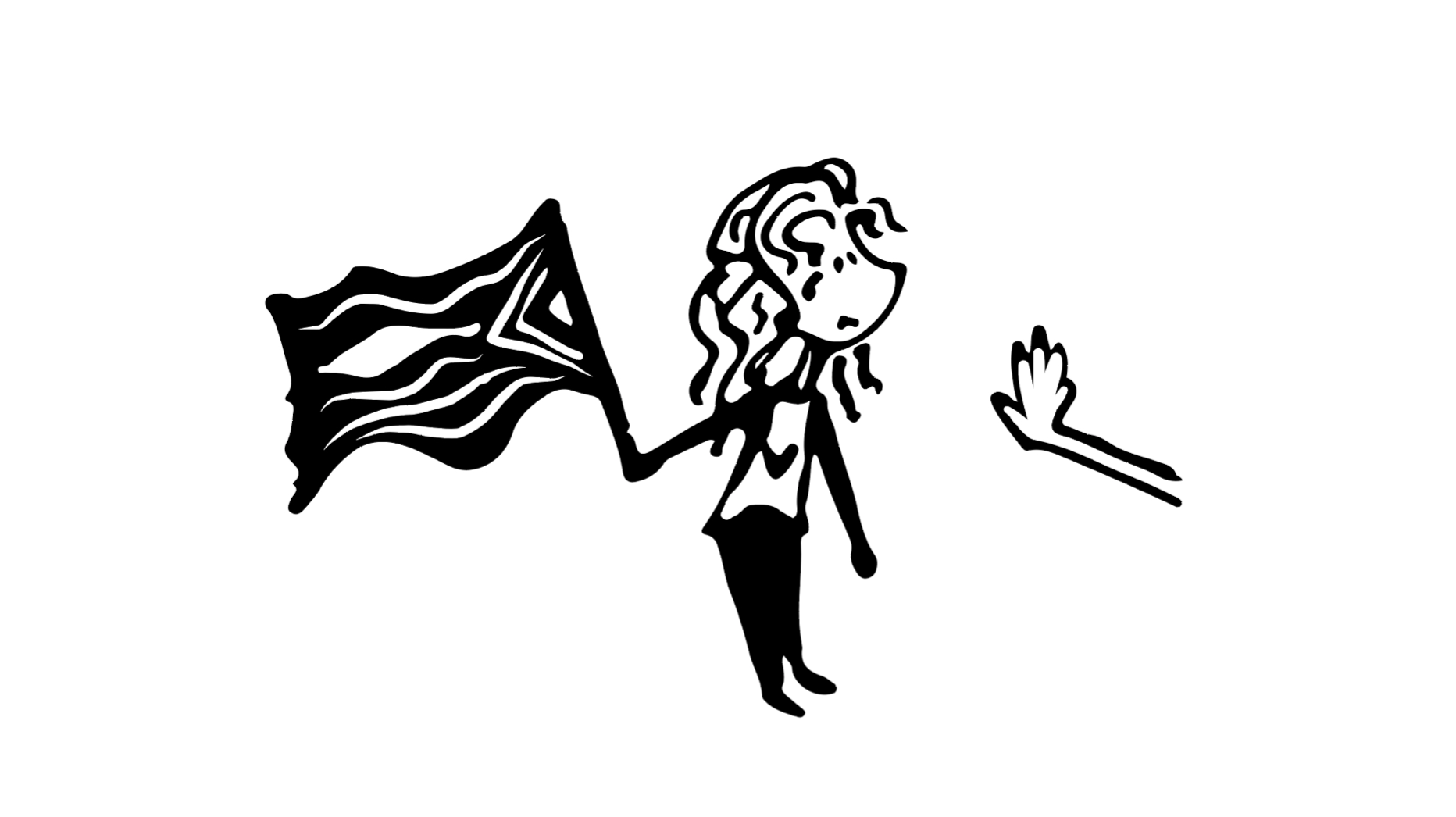Every day at UVic, I am reminded that I am a guest on this land. I’m made aware by the totem poles carved by Henry Hunt in the quad. I’m notified by the drumming I hear from the First Peoples House. However, once I leave this academic-sanctioned area, I realize that there is less evidence of indigenous people being alive and thriving. Instead, non-indigenous peoples often characterize the diverse cultures of indigenous peoples as the stereotypes derived from old silent films and Buffalo Bill shows. I was particularly taken by this phenomenon during my visit to a small village near my hometown.
La Conner, Washington, is a quaint town known for its tulips and charming Victorian houses. A favourite escape location for Seattleites to spend a weekend, La Conner is full of history, as seen by the historical plaques that are on display throughout the town. Yet, just across the Skagit River, sits the Swinomish Reservation. Realizing that I had lived in this area for eight years and had never gone to the reservation, I decided to take a bus and travel to a nation that was seemingly being ignored by the tourists of La Conner.
Hopping onto a small bus, I found that there would be only one other passenger riding with me to the La Conner area. I complimented the fellow passenger for her Bill Reid bag, which led to a half-hour conversation; the woman was Kwakwaka’wakw, but had married into the Swinomish Tribe. I told her of my plans to go onto the reservation. “What do you want to do that for?” she said, “There’s nothing there but res dogs and res cars.” I explained that I had taken classes on Pacific Northwest Indigenous art, but yet had never taken the time to look at art in the land and culture where it was originally made. She just shook her head in wonderment until I left the bus, but her question rang in my ears.
The community bus didn’t stop in the reservation; it drove past it and then you had to walk a couple of blocks back. Unfortunately, the cultural centre and archives were closed, so I slowly headed back to La Conner. The reservation had a charm of its own, the town filled with public art, from buildings that look like cedar hats to beautifully carved totem poles. Here, I could touch the art out in the open, feel the grain of the wood and smell the earthy scent, so unlike seeing the art behind glass walls in a museum as I was accustomed to.
As I walked up to the pole carved by Chief Martin Sampson in 1938, a Reservation Police car pulled up to the road to talk with me. The officer asked me if I was lost, with the same quizzical look as the woman on the bus. I explained that I was simply there to look at the art, and the officer said in response, “We don’t get many white people who just stop and look at art. Tourists go to La Conner for that.” Though the officer left with a friendly smile, I decided that I should leave before I raised any further suspicion.
Walking down Reservation Road, I realized that once across the bridge over the river, the road turns into Pioneer Road. From there I could see Pioneer Park which contained a rustic log cabin, as well as many “ye olde” games and activities. The town of La Conner, with all its historical plaques and its emphasis on pioneer life, glazes over the indigenous history the land lived before it was established as a white settlement.
I always knew colonization was still present, but I never realized to what extent until I crossed that bridge. The winding Pioneer Road lead me to the only evidence of indigenous culture in La Conner: an “authentic Indian” canoe. However, after reading its historical plaque, I concluded that this canoe was created in tribute to the founders of La Conner during the town’s Pow Wow Days. How many tourists in La Conner think that this so-called “artefact” represents real indigenous culture? How many people think that indigenous culture is in the past, just like the canoe, when the living people and culture are actually right across the water? Perhaps everyone needs a reminder that we are simply a guest on this land and that colonization is not a thing of the past.






